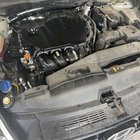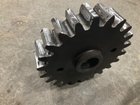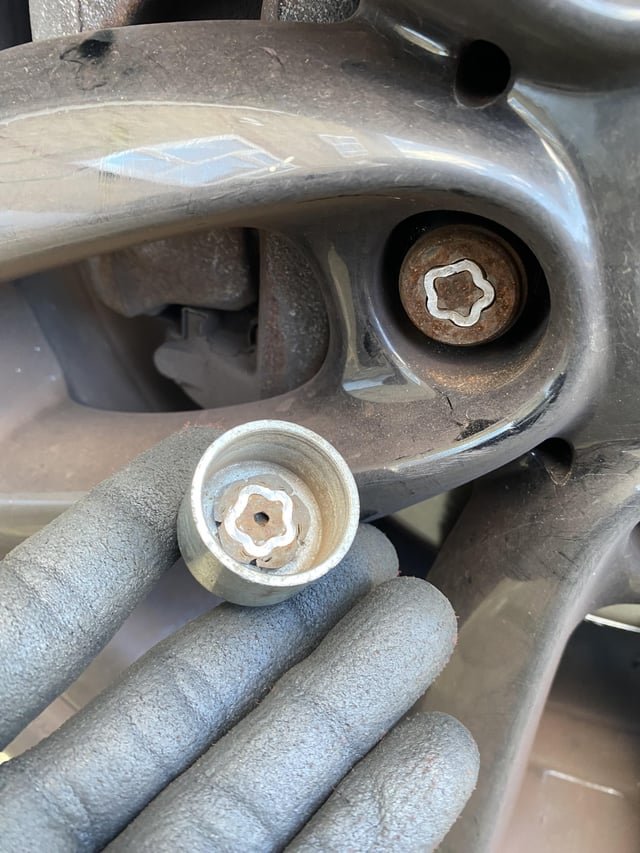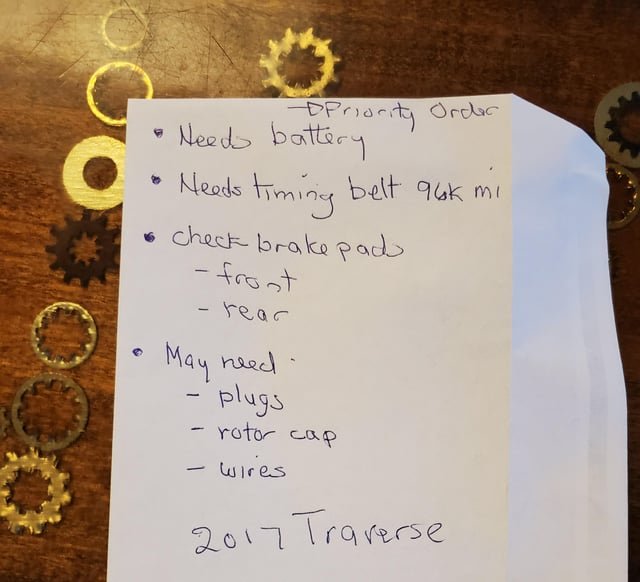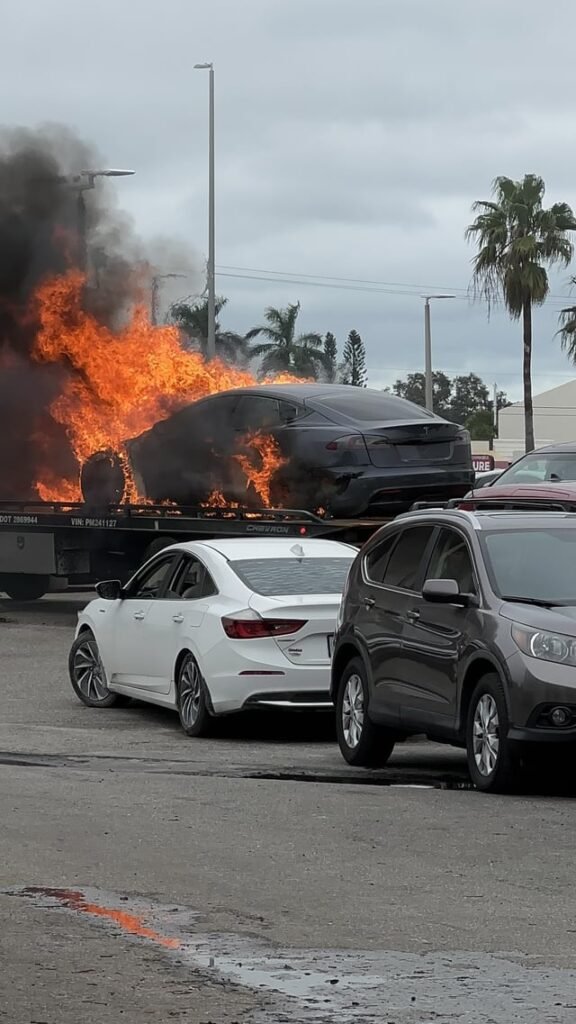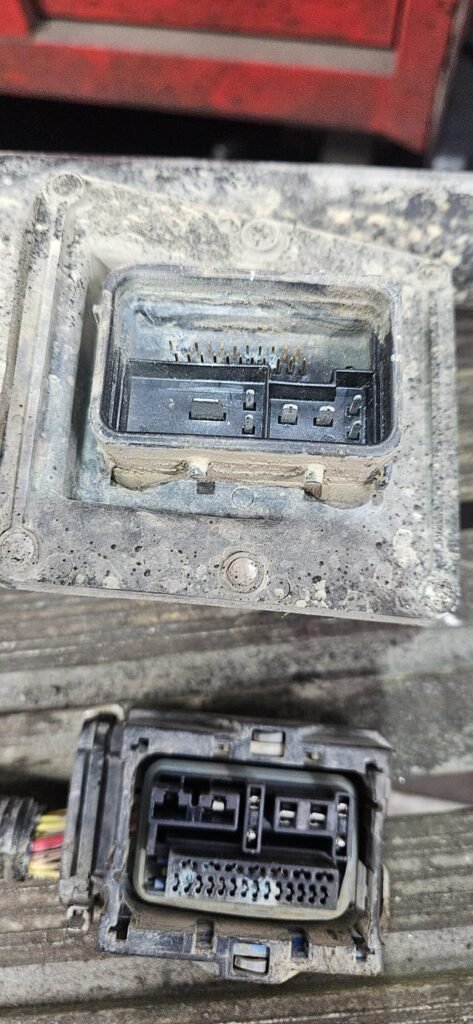These fine straight-six diesels make a strong case for buying an oilburner in 2025
Lusty premium turbo diesels were once the order of the day, but now they’re a dying breed
May 2025 marks a slightly unorthodox anniversary: that of a 20-year-old Jenson Button being caught speeding on his way to Monaco, clocking more than 140mph on a French motorway in a BMW 330d.
‘Prodigy racer enjoys speed’ would normally rank no higher than ‘dog bites man’ as headline fodder, but the fact he invoked the blues and twos of the gendarmerie in a diesel was too much for the papers to resist back in 2000.
The car was owned by Williams-BMW, and it’s easy to imagine them gleefully reimbursing his £500 fine for the publicity garnered. The market for premium diesel cars swelled from there, primarily due to engineering nous within the industry.
But there’s clearly something delicious about the possible butterfly effect of a future Formula 1 world champion getting excitable in an oil-burner on an empty autoroute.
By the end of the 2000s, diesel had become the de facto choice for most premium car buyers. Its might was proved annually in endurance racing, with Audi’s trophy cabinet needing reinforcement after relentless TDI victories around Le Mans.
Across the decade the brand’s road-going diesel range spanned from lowly three-pots to V12s, yet the firm now offers little beyond four-cylinder TDIs in its medium cars and a V6 for the brave souls spending big cash on an A8, Q7 or Q8. It’s almost as if the wider Volkswagen Group has something of a chequered history with diesel power…
For all the inexorable rise of diesel before its eponymous scandal, its dwindling appeal since 2015 has felt like more of a slow decline. Hybrid and electric cars have gradually welcomed the fuel’s former customers, while pure petrol power has amped up its efficiency credentials.
Drawing together three diesel heroes for this test – cars with a sizeable engine intrinsic to their ultimate appeal – uncovered vanishingly few candidates, and nowt with more than six cylinders.
BMW appears to be phasing diesel out entirely, in fact, with only its SUVs possessing diesel power on UK price lists. Your best bet of buying a sexier, sportier Bavarian car is a Buchloe-built Alpina – but even then, you can only order until summer.
Alpina is soon to be swallowed up by the BMW mothership, and talk of Maybach rivalry suggests rep-friendly cars like the D4 S Gran Coupé we have here won’t live on. It kicks off this group in terms of both size and price, although each of our trio possesses a straight-six, twin-turbo engine with a minor degree of electrified assistance.
All send roughly 350bhp through an automatic ’box and all four wheels for a 0-62mph time in the region of five seconds. Only their inevitable span of weight – and the Alpina’s convention-busting 168mph top speed – truly separates them in an on-paper comparison.
It’s the Alpina I hop in first, its exterior exuding glamour, its interior rich in luxury and its rarity tangible beside the more familiar shapes in our rural Derbyshire lay-by. The delicious past form of its maker is a not inconsiderable aside.
With little surprise the D4 S is an immediately lovely device and a really simple thing to get in and drive quickly and with confidence. Like all the best magic tricks, an Alpina’s plush sleight of hand over torrid surfaces is a continual novelty.
It doesn’t lack the core handing appeal of its base BMW, but there’s a cushioned layer here that requires the sunroof lip open – and Peak District birdsong flowing in – for me to remember the outside world exists at all.
Most Alpina buyers make the price and power jump up to a petrol B3 or B4, but those who go diesel are unearthing a hidden gem. Its B57 six has been in service since 2015, having had its debut in a BMW 7 Series and since been produced in single-, twin- and almighty quad-turbo variants while also finding a home in the Ineos Grenadier.
Here it has enjoyed a welcome Alpina tickle to produce a mite more power than its BMW M440d base (which is no longer offered).
Its chassis doesn’t immediately corral you to pull the lowest gear, find the highest revs and start seeking the limits of its adhesion. I have no doubt the car will be capable if you chase such highs, but the smoothness of its delivery and shortness of its rev range inspire a calmer approach.
Its lovely embossed, extended shift paddles feel great, mind, and relishing the valedictory feel of this whole affair, I’m compelled to pull them even though the engine punches just as willingly and likely sips less fuel making its own decisions.
An extended pull of the left paddle drops you to the lowest possible gear – a detail that always exposes a development team that relishes the act of driving.
Higher revs induce more of the Alpina’s synthesised soundtrack, yet it’s the low-down, bassy diesel rumble that my ears enjoy most, and there’s certainly enough torque to shorten shifts if you wish.
Either way, this is a car that punches hard and in which you can build almighty pace with ever-faithful traction below you. “It’s fast and frugal, effortless and opulent, enticing to travel in and engaging to drive,” summarised Matt Saunders when he first reviewed this car.
In short, it does everything. But not for much longer: production ends in December, meaning the order books close by July. Get in quick.
Climbing into the Range Rover Sport from the Alpina is only ever going to make the Firenze Red SUV feel its mass. The Sport is a sizeable car by any gauge and soars into six-figure pricing with little fuss.
You can get a straight-six diesel hit for £76,000 if you’re happy with a 247bhp D250, but we’ve gone for the most potent D350. This is a celebration, after all.
With no knowledge of a larger Range Rover you might fairly assume this was the real thing; it lifts its occupants far from the road both literally and metaphorically.
Its Ingenium twin-turbocharged six is a good power source, if far from bewitching. Crucially, though, it feels a world away from relying on a strained four-cylinder latched to an e-motor, and while its power-to-weight ratio is comfortably the worst in this company, its ample performance makes for easily won progress.
It’s not the silent type at revs, although the almost eight-cylinder soundtrack of its augmentation feels welcome when you’re in a suitably boisterous mood.
Pull the paddle shifters in Dynamic mode and it gleefully butts up against the rev limiter, while the ability to loosen the reins on its stability control remains a privilege many of its SUV contemporaries have ceased to offer.
The ingredients are there for an involving drive, then, but the Sport feels unwaveringly large on roads such as this. It’s an additional bind when its drive modes are toggled through the touchscreen.
Indeed, everything is tucked within its curved display. You’ll frequently nudge catseyes on thickly hedged lanes, so the last thing you need is a reason to glance away from the road ahead.
I was half-expecting the Sport to be a bit of a paragon of sense, given older Range Rovers famously hosted big buttons receptive to farming gloves. But no more.
The most likely result is you’ll leave it in its default Comfort settings and bathe in the way it so insouciantly isolates you from your surroundings. At which point its charm is much more evident.
“Careful tuning of steering and supple but surprisingly sophisticated damping are the car’s calling cards,” we said in the Sport’s full road test. And while those words still ring true, the car’s colossal weight and width stymie its driver appeal on B- rather than A-roads.
It never quite draws you in or inspires you to get more intimate with what it can do, which, knowing the breadth of its maker’s ride and handling development, means missing out on some true expertise.
Moreover, I’m craving the older-school V8 diesels of Range Rovers past, whose extra muscle and timbre might just tease some life from this clearly capable chassis.
It’s a £16k jump from this D350 to a V8 petrol P350, and when an SV paint finish can swallow half that deficit anyway, it’s easy to see why one might indulge – although 44% of Range Rover Sport buyers still favour diesel against just 7% choosing pure petrol.
JLR hasn’t explicitly committed to a diesel future, saying only: “The flexibility of our world-leading powertrain technologies means we can continue to offer hybrid and ICE vehicles in our ranges as we begin to roll out full EV options.”
Mercedes-Benz is similarly ambiguous, saying it plans to “cater to different customer needs, whether it’s an all-electric drivetrain or an electrified combustion engine, until well into the 2030s”.
In the here and now, its E450d Estate envelopes you like a hunkered-down C-Class after experiencing the chunky Sport. But there’s no mistaking its brand positioning once ensconced inside, surrounded by the vast panoramic display of its three screens.
It’s not lacking tech, yet it doesn’t feel overly burdened by it once you’ve sussed its ‘Hey Mercedes’ functionality. Its speed limit bongs rank among the simplest to turn off anywhere.
I don’t remember any stock E-Class driving this well, and it feels far and away the briskest car in our group. Its superior torque figure is delivered from a mite over 1000rpm to swiftly cancel out its extra flab over the Alpina.
The Mercedes pairs our trio’s quietest engine with the smoothest gearbox, one that allows you to flick the dinky metal paddles to change ratios yourself but which feels happiest when left alone. Its choices are smart ones even when you’re making strong progress – which is something this car certainly inspires.
The E450d rides impeccably whichever mode its air suspension is in, while quick-witted but suave steering tucks the mass accurately into corners. Get back on the power and the rear axle assertively does the pushing on the way out of turns, its four-wheel drive system clearly open-minded about cornering attitude.
You’re soon carrying more speed than its demure outward appearance sets the stall for. On gnarly British roads like these, plenty of us would get most of the satisfaction we need from this car.
The groundswell of torque from its OM656 diesel engine – around in base form since 2017 and shared in this more powerful tune with the S-Class – is likely a big factor.
It’s not an immediately enthralling engine, but it legitimises Merc’s move away from V6 diesels in the mid-2010s by not sacrificing their class. It doesn’t bother with the overt sound synthesis of today’s foes, and while it’s not trying to be a performance car, it ends up being an utterly beguiling low-key driver’s device.
All the while, perfume pumps through the air vents amid an enchanting mix of tan leather and pinstriped wood, all your major touch points flourished with knurled metal edges.
This E-Class is a car of bafflingly few compromises, one whose modus operandi feels thoroughly boosted by the large lungs and long stride of its diesel power.
“It is entirely possible that once the current era of premium estate cars is put out to pasture, diesel power will be retired with them,” reported our road test earlier this year. “If that is the case, the Mercedes E450d will stand as an exemplar of what made these cars such capable, effortless, characterful companions.”
Declaring a winner from this oddball group is hardly conclusive, but against all most rational criteria the E450d walks such a comparison.
Rationality used to be the diesel byword, of course, but times have changed. If this truly is a last dance with the devil, the big Benz isn’t the most covetable car here. That accolade belongs to a car whose days look numbered in numerous ways.
It’s the Alpina D4 S that I suggest you leap in and head for the continent. Just don’t follow young Jenson’s lead too closely.
